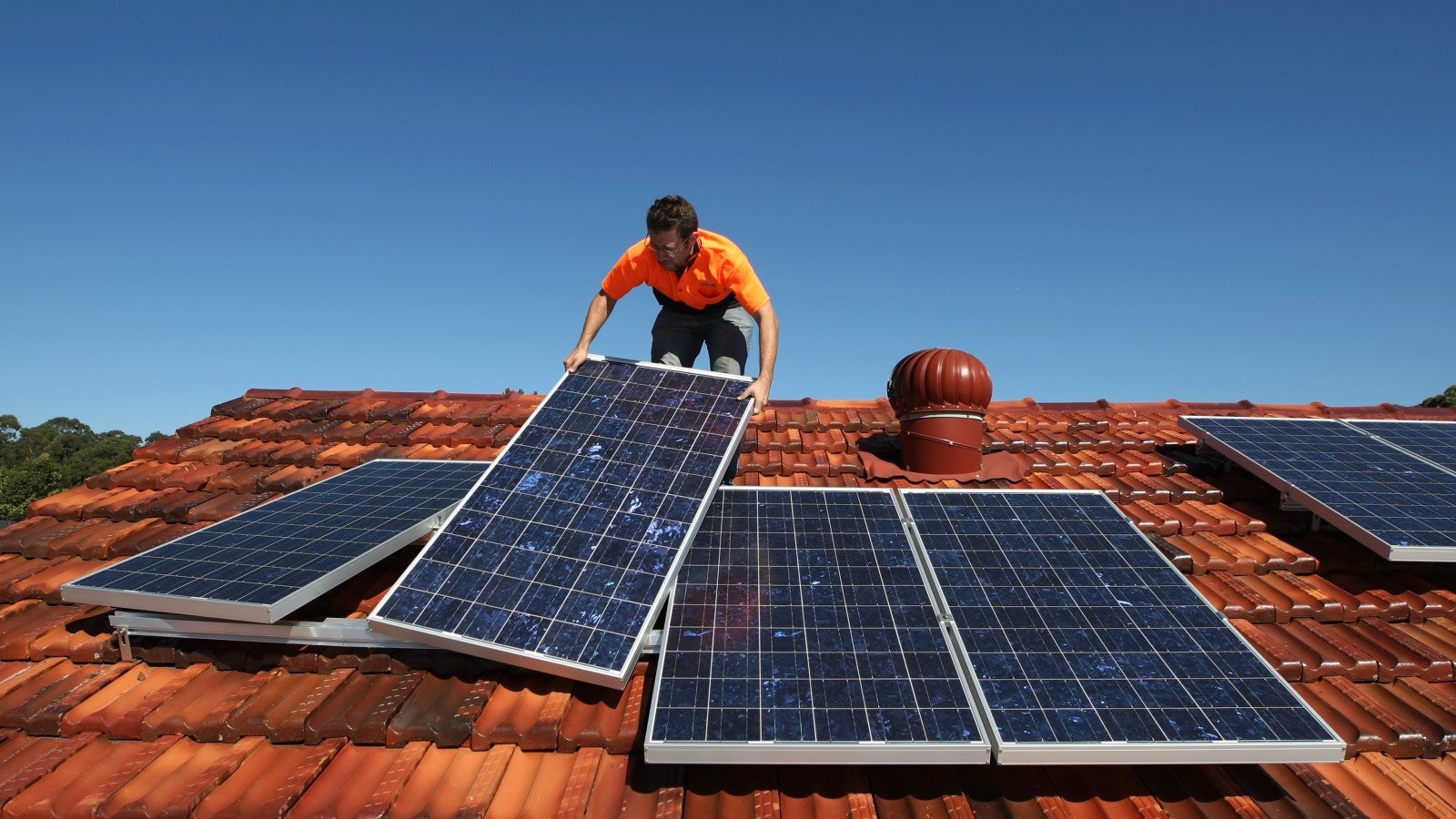Part of this coal-hungry country is now producing more power from solar panels than turbines
This post has been updated.


This post has been updated.
Australia is a sunny country. So it’s perhaps no surprise that rooftop solar panels are popular: according to Dr Peter Newman, professor of sustainability at Curtin University in Western Australia, 20% of homes in the region have panels.
What’s incredible is that the electricity those panels generate has overtaken other forms of generation to become the biggest single source of power in the region.
“We are in the extraordinary position of saying that Perth now has rooftop solar as the largest supplier of electricity, it’s the biggest power station in WA,” Newman told ABC News. That would mean the panels are generating more power than any one of the many fossil-fuel powered turbines in the region (a network of power generators and consumers called the South West Interconnected System.)
This comparison of power generation depends, however, on what’s included and what’s left out. Other forms like gas power stations still provide more energy overall than solar in the state. But no single power station matches the 500 megawatts solar can produce, Newman claims. He also told ABC that by 2020, half the homes in the region could have panels.
The rapid uptake of solar is particularly significant in a country with such a massive dependency on coal.
Only South Africa, China and Poland use more coal than Australia as a proportion of their electricity mix. With a strong coal lobby and a recent history of a government that cancelled a progressive carbon tax, the vast majority of Australia’s power comes from the fossil fuel.
The key to further success for solar power is better battery technology, said the Curtin researchers. They added that Tesla, the electric car and battery company run by Elon Musk, had “catalyzed” the battery market, lowering prices and spurring innovation.